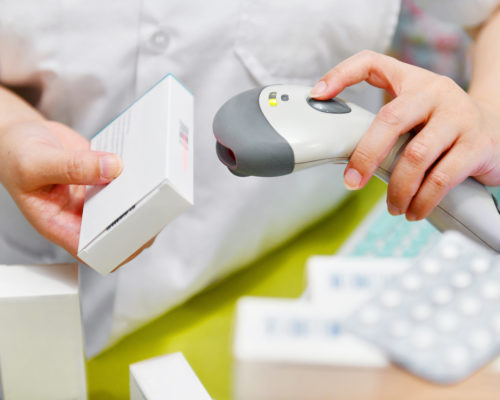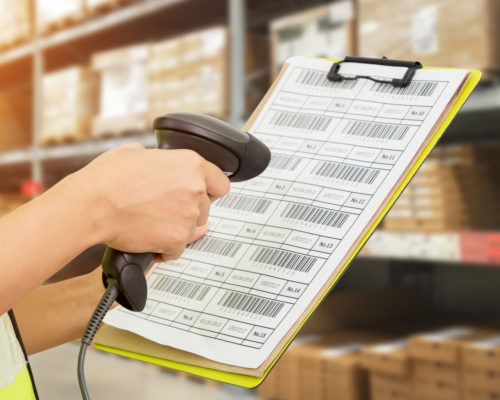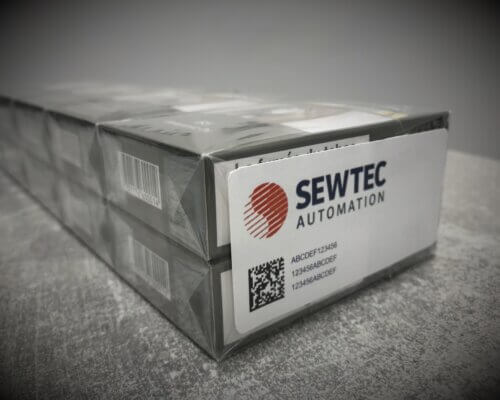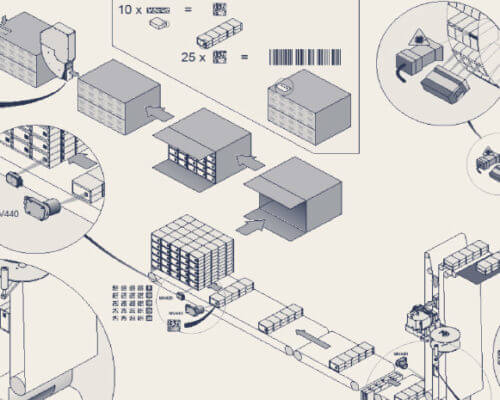How the EU TPD legislation has driven the tobacco industry to innovate
When the first EU Tobacco Products Directive (TPD) legislation was approved in 2001, its purpose was clear; to reduce the circulation of non-compliant products, lower the number of artificial, cheap supplies, and protect public health. It set out a number of traceability and security regulations for the tobacco industry, placing limits on the sale and merchandising of tobacco and tobacco related products in the EU.
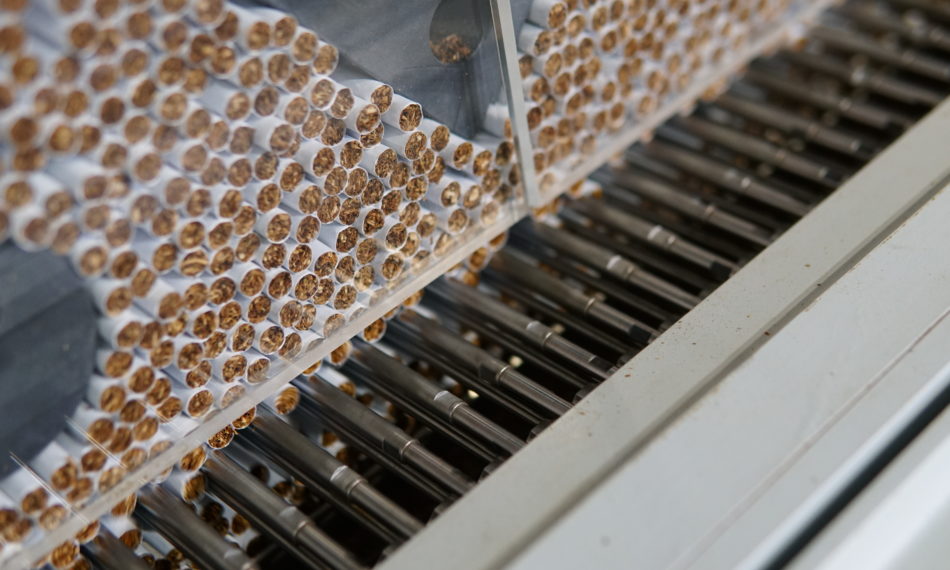
Tobacco control did already exist back in 2001, of course, but the standard and status of implementation varied across different countries. The EU TPD was intended to standardise and formalise tobacco legislation and it has since been reviewed (signed in 2014, implemented in 2016) in what is considered as “the most lobbied dossier in the history of the EU institutions.” This, in itself, gives an indication of the value and significance of the tobacco industry, which is worth more than €21billion in the UK alone.
The inevitable result has been an evolutionary shift in the manufacture, processing and packaging of tobacco products to ensure traceability and security throughout the value chain. The industry has been forced to innovate and bespoke automation solutions are proving key to achieving and maintaining compliance.
E-cigarettes: Changing the face of tobacco legislation
One of the biggest changes in the EU TPD review was to introduce new rules for nicotine-containing electronic cigarettes and refill containers (Article 20), in line with huge global growth, which has seen the number of ‘vapers’ increase from seven million in 2011 to 41 million in 2018.
In the UK, the Medicines and Healthcare products Regulatory Agency (MHRA) is responsible for implementing these rules, ensuring manufacturers and suppliers meet the requirements placed upon them. From minimum standards for the safety and quality of all e-cigarettes and refill containers (otherwise known as e-liquids), to the information provided to consumers, the EU TPD legislation now places the same requirements on e-cigarettes as it does on cigarettes, tobacco, cigars and other associated tobacco products.
E-liquids are restricted in their volume and nicotine strength, and, as with cigarettes, all packaging must be child-resistant and tamper evident. Certain ingredients including colourings, caffeine and taurine are banned, whilst new labelling requirements and warnings are also in place. In addition, all e-cigarettes and e-liquids must be notified to MHRA before they can be sold.
Fighting illicit trade through automation: Article 15 and 16
To understand exactly how the tobacco industry is innovating, it is important to recognise Articles 15 and 16 of the EU TPD legislation; traceability and security features.
Tobacco legislation states that manufacturers must implement a traceability system (Article 15), under which all unit packets of tobacco products must be marked with a unique code. Movement of these packets are then tracked throughout the supply chain and information transmitted to an independent provider, made accessible to the authorities of EU countries and provided to the European Commission for enforcement purposes.
This system makes it possible to track and trace the movement of legal tobacco products, allowing enforcement agencies to establish exactly when a product is diverted into the illicit market.
In addition, Article 16 relates to security features and dictates that all unit packets of tobacco products sold in the EU must carry a tamper-proof security feature composed of visible and invisible elements.
Applying automation to meet tobacco legislation
For manufacturers of cigarettes and roll-your-own tobacco, the systems of traceability and security are already required to be in place (and have been since May 2019). For all other tobacco products, where manufacturers are more likely to be SMEs, the legislation allows for a longer period in which to update processes before Article 15 and 16 apply from May 2024.
Innovation comes in the form of bespoke automated solutions for high volume packing, sealing and marking of products. This combination of high-speed precision, intelligent processing and auditable, reliable marking of products is everything a manufacturer needs to achieve compliance with traceability and security features.
From primary packaging incorporating tamper-proof security features, to unique identifiers which are applied to packaging for tracking purposes, bespoke automation can give manufacturers the systems they need to meet industry-specific tobacco legislation. And all this whilst increasing efficiency and minimising cost of production when compared with off-the-shelf solutions. It’s a win-win situation for any manufacturer.
The benefits of going bespoke
For a trace and track solution within the tobacco industry, opting for a bespoke system which meets the requirements of a production line is key. Not only can a unique solution help a product be compliant with EU TPD legislation, but it can also enhance the efficiency levels of the entire system and improve its Overall Equipment Effectiveness (OEE).
The legislation means products must be marked and tracked throughout manufacturing, which means firstly the tobacco products and then the marking needs to be checked it is correct. If the products haven’t been marked correctly, these have to be rejected and reworked to make sure the marking has been added correctly.
For example, if UI codes (unique identifiers) are added via a labelling machine, this element becomes an additional rejection point on the production line. There is also the factor that the labeller will need to stop to replenish materials such as labels and ribbons, which can create inefficiencies due to downtime. These two elements could inevitably create unproductive situation and extra point of reject, which when accumulated across the whole production line, will reduce the OEE.
By taking an automated approach to track and trace system for the tobacco industry, minimal impact can be made on the overall operations of a manufacturing environment. Using the labelling example, a bespoke machine can integrate two labellers into a system so when one needs replenishing, the other takes over making the stopped labeller available for replenishing while the machine carries on. This removes the risk of production downtime and improves the OEE. This duplicity approach can also be applied at other critical pinch points in the process.
A bespoke system will also look to reduce the number of potential rejections during the serialisation process. This can be achieved through constantly monitoring the coding and reading systems; using check cameras at multiple stages; and offering different types of coding structures.
Additional features which can benefit the wider manufacturing process can also be implemented. Automated processes, such as the creation of KPI data alongside compliance reporting, enable higher levels of general efficiency and business systems analysis.
